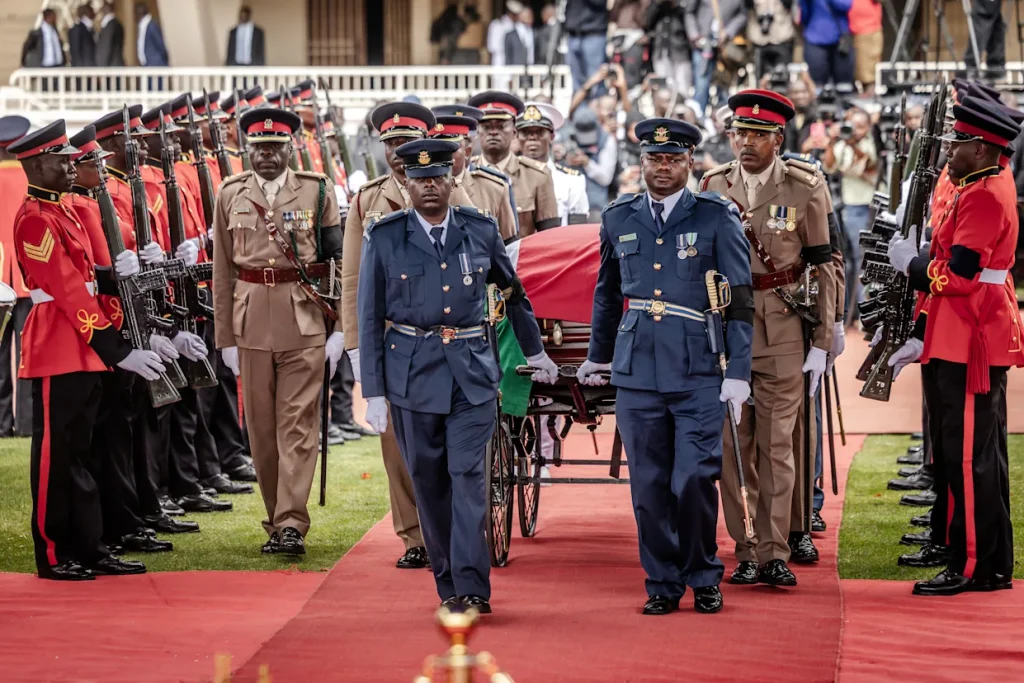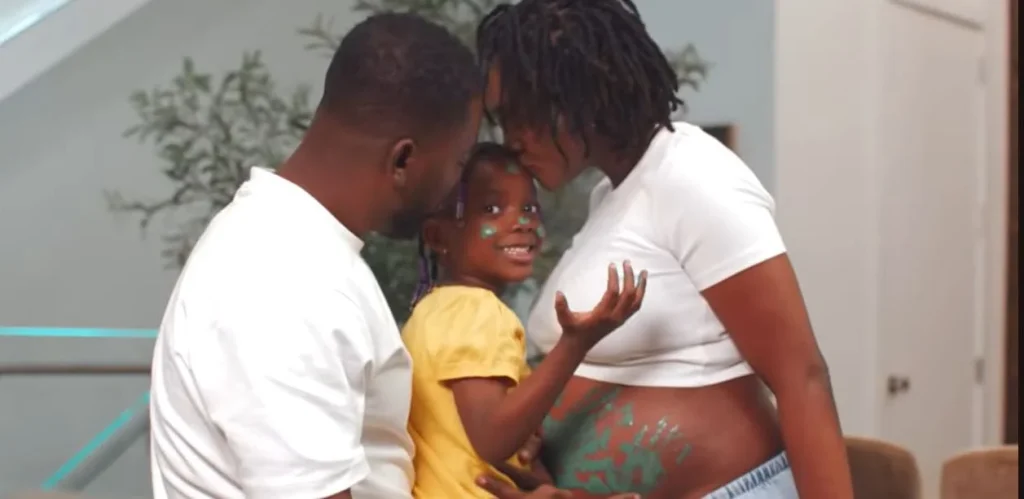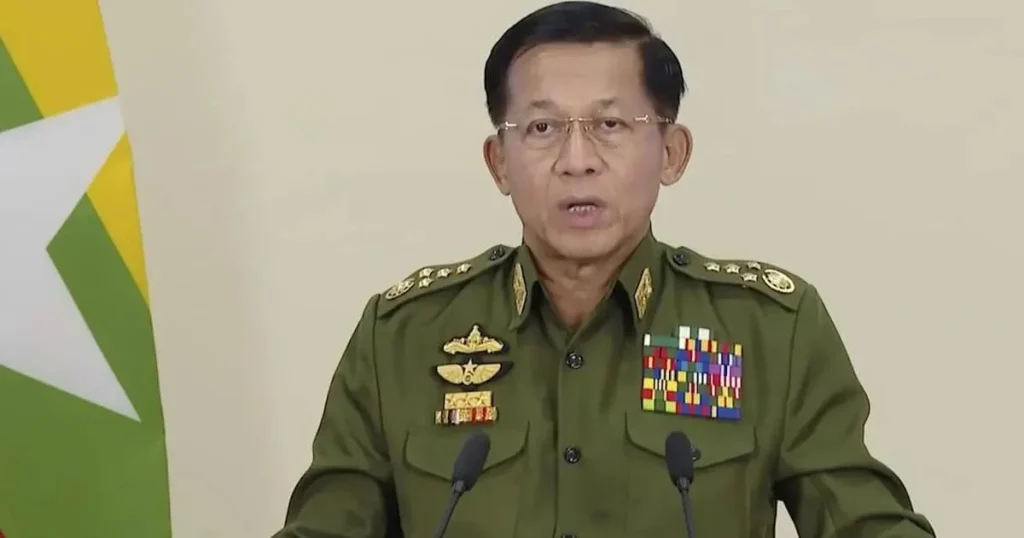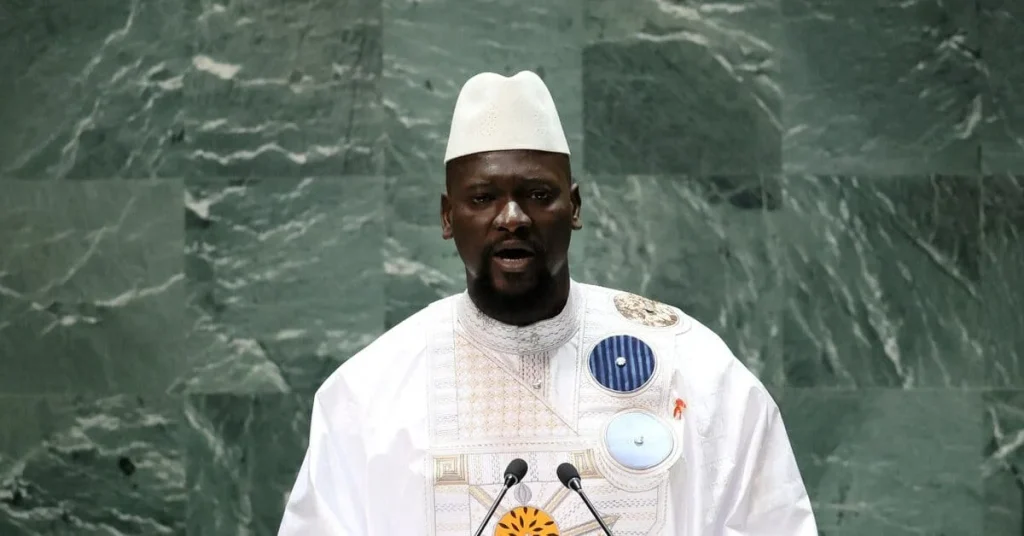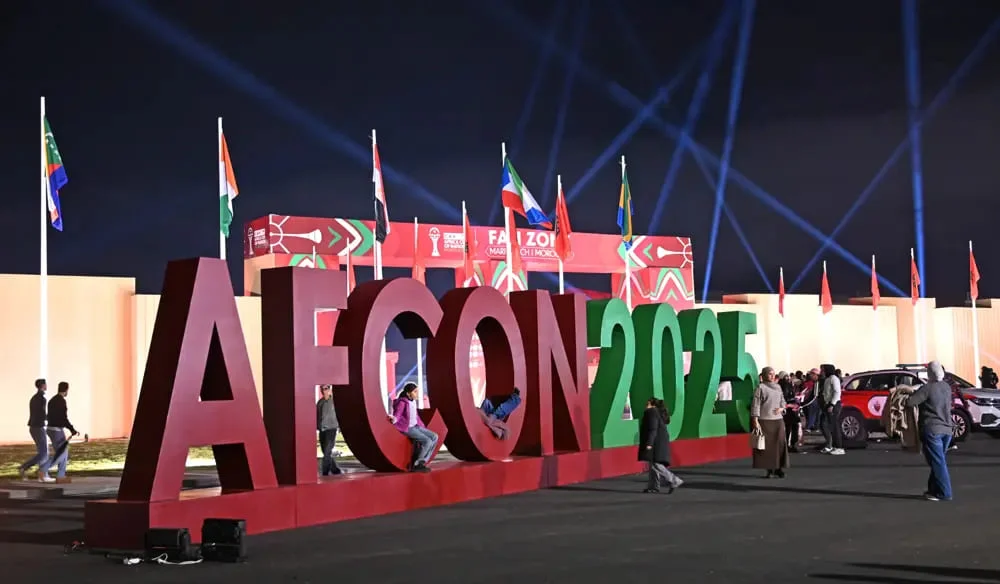On Friday, October 17, 2025, thousands gathered at Nyayo National Stadium in Nairobi for the state funeral of former Prime Minister Raila Amolo Odinga, who passed away at 80 on Wednesday while receiving medical treatment in India.
President William Ruto led the ceremony, joined by foreign dignitaries and countless supporters. Odinga’s body arrived before 9 a.m. under military escort, reflecting his stature as a revered statesman.
The massive turnout highlighted Odinga’s decades of influence as a freedom fighter, former political prisoner, and key figure in shaping Kenya’s democracy.
Tragedy Before the Funeral
The solemn event followed a tragic vigil on Thursday at the same stadium, where Odinga’s body lay in state. Security forces used tear gas and live ammunition to control large crowds, resulting in at least four deaths.
The violence added tension to a nation grieving a leader known for challenging authority while advancing democratic ideals.
A Legacy of Impact
Odinga, a towering figure in Kenyan politics, ran for president five times without success but earned a reputation as a formidable opposition leader and kingmaker.
His campaigns often shook the political establishment, inspiring many with his commitment to justice and reform.
He will be laid to rest on Sunday beside his father, Jaramogi Oginga, in Bondo, Siaya County, marking the end of a significant chapter in Kenya’s history.
Lasting Influence
Odinga’s death has sparked reflection on his role in Kenya’s democratic journey. The clashes at his vigil underscore the deep emotions tied to his legacy, while the funeral showcased his widespread admiration. As Kenya bids farewell, his contributions to freedom and governance remain a guiding light.
Argentina vs Morocco: Excitement Builds for 2025 U-20 World Cup Final


